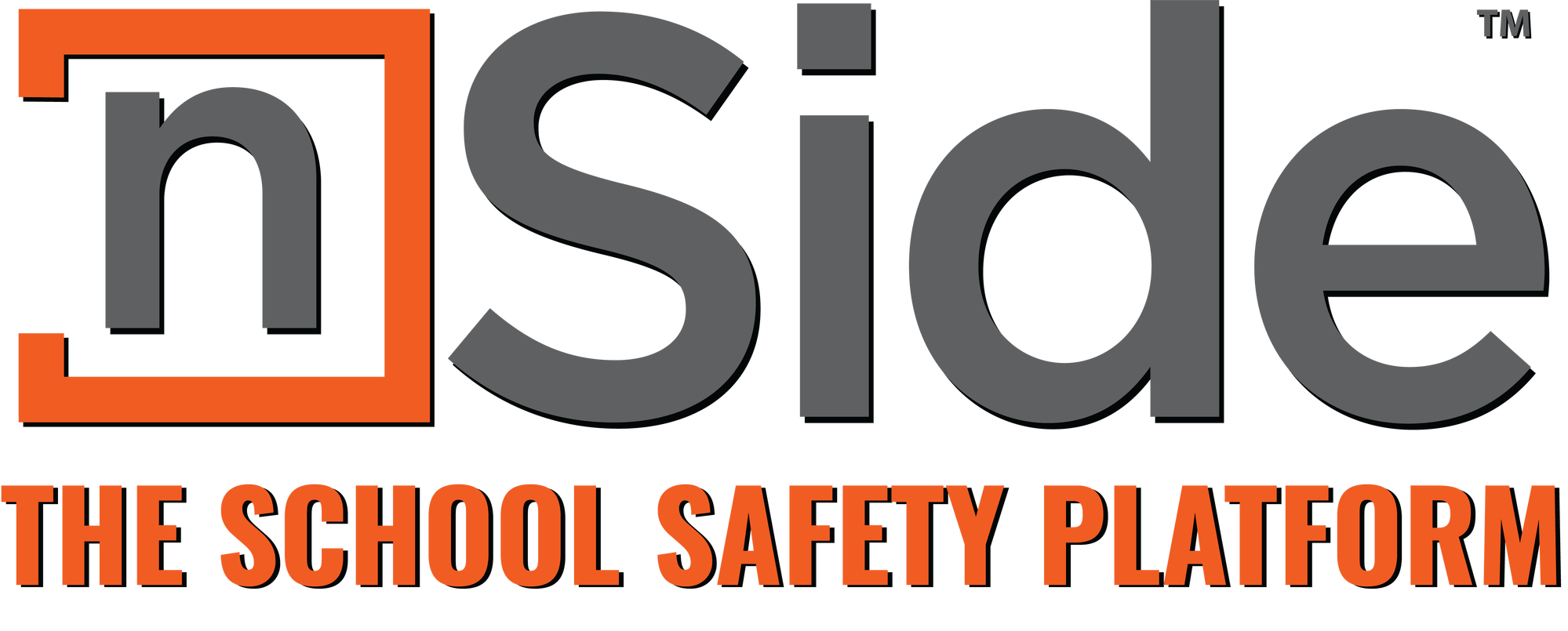In the event of an emergency or accident, the school bus driver is often the first point of contact for students. This means they must be prepared to respond quickly and efficiently to ensure the safety of everyone on the bus. Safety drills can help school bus drivers become familiar with the proper emergency procedures for emergencies such as inclement weather, a fire or explosion, an intruder, weapons, accidents, and more. By participating in safety drills, drivers can develop the skills and confidence needed to respond quickly and effectively in a crisis. Here are some situations in which school bus drivers should be trained to handle emergencies:
- Inclement Weather: Emergencies such as hurricanes, tornadoes, or snowstorms can significantly impact transportation routes and road conditions.
- Fire: In the event of a fire, bus drivers need to know how to evacuate the bus quickly and safely while keeping students calm and orderly. They should also be able to identify potential fire hazards on the bus and take proactive measures to prevent fires from starting in the first place.
- Bomb/Explosive: Bus drivers should be conditioned to recognize suspicious packages or objects on the bus and know what to do if they suspect the presence of a bomb or explosive device.
- Intruder/Unauthorized person: In the event of an intruder or an active shooter on the bus, drivers need to know how to secure the bus and keep students safe until help arrives. They should also be taught to recognize suspicious behavior and take appropriate action to prevent or mitigate potential threats.
- Crash/Accident: Bus drivers need to be prepared to respond quickly and effectively in the event of a crash or accident. This includes evacuating the bus, administering first aid, and contacting emergency services.
Providing bus drivers access to safety technology can significantly enhance their ability to perform their job safely and efficiently. By reducing the risk of accidents and improving driver behavior, we can help ensure the safety of passengers and others on the road. In order to understand how, consider these reasons:
- Enhancing situational awareness: Safety technology such as forward-facing and rear-view cameras, blind-spot monitoring, and collision avoidance systems provide drivers with increased visibility and understanding of their surroundings.
- Improving driver behavior: Some safety technology systems provide real-time feedback to the driver, which can help them correct any unsafe driving behaviors, such as harsh braking or acceleration.
- Reducing the risk of accidents: Safety technology such as lane departure warning systems and automatic emergency braking can detect potential hazards and intervene to prevent accidents before they occur.
By recognizing the signs of a crisis and taking appropriate action, drivers can help ensure that students receive the support they need to be successful both in and out of school. School bus drivers should be able to recognize student crises for a couple of reasons:
- Early intervention: Bus drivers are in a unique position to observe students regularly and may be able to recognize early warning signs of a crisis, such as changes in behavior or demeanor. By identifying these signs early, drivers can take action to help the student before the situation escalates.
- Safety: Students in crisis may pose a risk to themselves or others. By recognizing the signs of a problem, bus drivers can take steps to ensure the safety of all passengers on the bus and prevent any potential harm.
While safety is most critical within the walls of the school building, it also reaches further. Understanding the idea that school safety reaches beyond the school property line encourages schools to work with local communities to create a safe and secure learning environment for students and staff. Many students travel to and from school via buses, bikes, or walking. Their safety during these trips is just as important as their safety on school grounds. School officials must work with school bus drivers, local transportation providers, law enforcement, and community organizations to create safe transportation routes and identify potential hazards along the way.
Our product, nSide|Fleet, provides an extra layer of safety for school bus drivers, their passengers, and the staff that oversees them. With just over sixteen percent of accidents relating to school or bus companies directly, it’s crucial that schools reduce their liability and make their modes of transportation as safe as possible. nSide|Fleet does just that, giving schools the ability to monitor their entire group of school buses in just a few clicks of a mouse.





